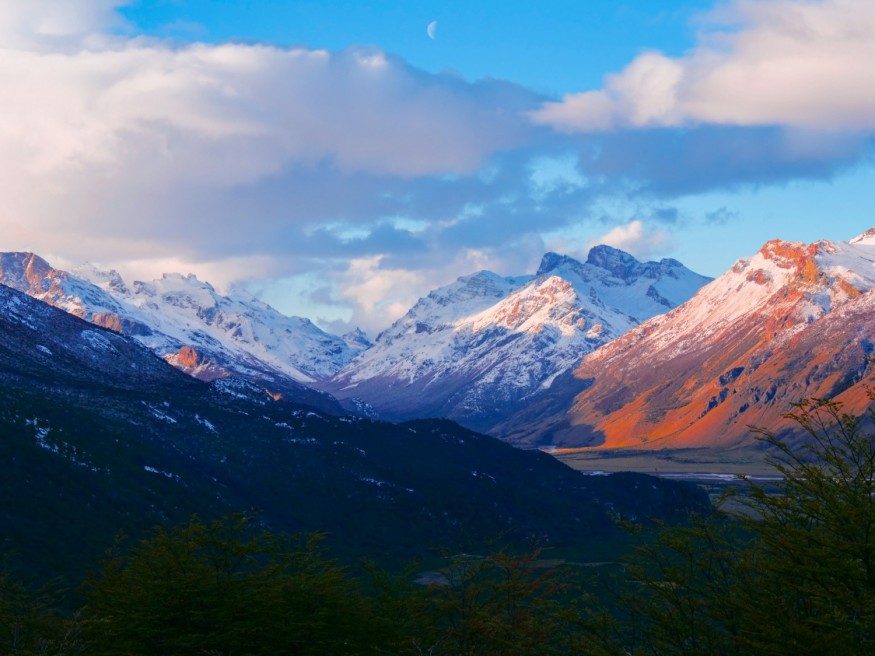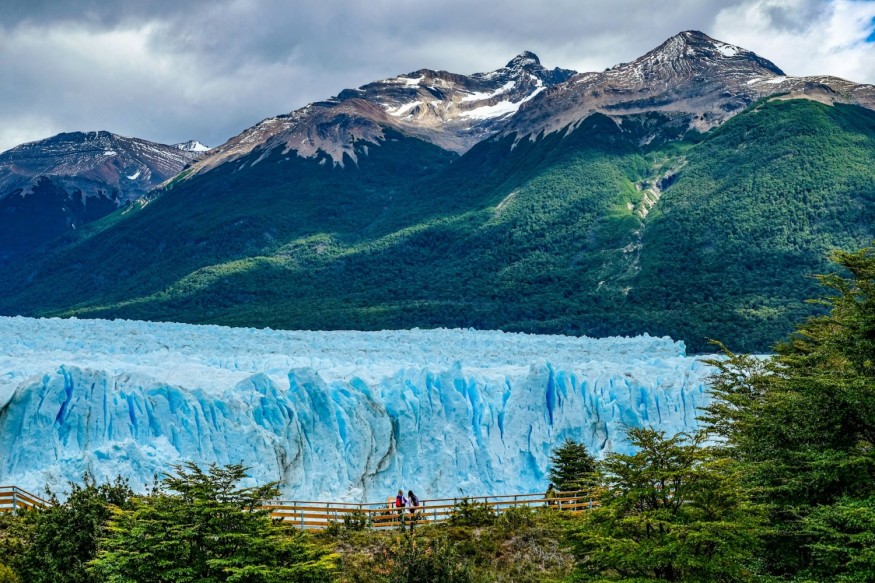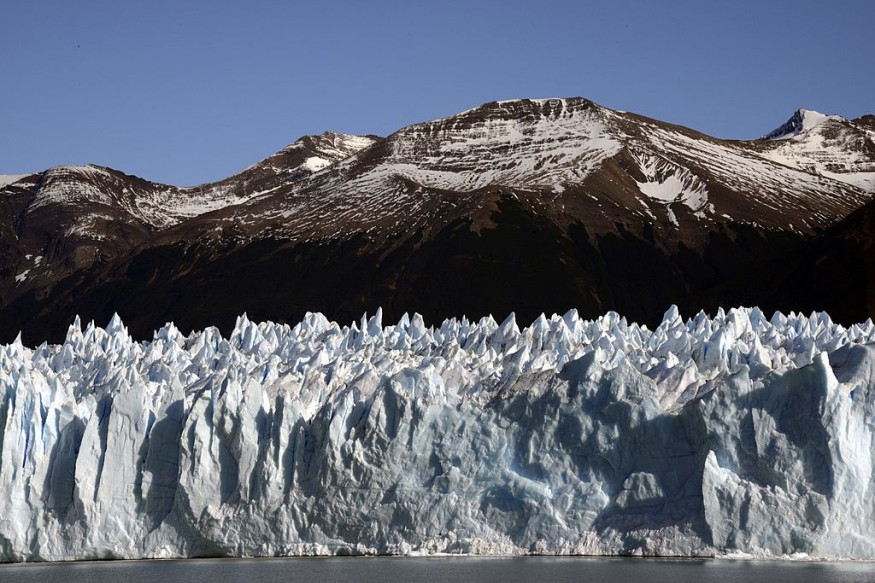When you think of national parks, it is not a surprise when an abundance of trees as well as land and air animals come to mind. If you're looking to enjoy a different national park, however, may we suggest one that can be found in Argentina.
Located southwest of the province of Santa Cruz, the Los Glaciares National Park is the largest national park in the country. As you may have guessed from its name, this national park is all about breathtaking and towering glaciers.

Declared a World Heritage Site by the United Nations Educational, Scientific and Cultural Organization (UNESCO) in 1981, the Los Glaciares National Park is definitely a must visit for anyone heading to southern Argentina.
Here's what to look for when you visit this gorgeous national park.
Mount Fitz Roy

Found on the border between Argentina and Chile, Mount Fitz Roy is also known as Cerro Chaltén or Cerro Fitz Roy. A very rugged and jagged mountain, it is not an easy climb for mountaineers by any means. However, many have taken the challenge through the years ever since the first climb in 1952.
Among the glaciers that can be found here are the Piedras Blancas Glacier and Spegazzini Glacier.
Related Article: Meet Gracie, Glacier National Park's Protector
Perito Moreno Glacier

One of the most popular attractions in the entire national park—and in the whole of Argentina as well—is the Perito Moreno Glacier. It is one of the glaciers fed by the Southern Patagonian Ice Field.
With a length of 19 miles (30 kilometers) and a size of 97 square miles (250 square kilometers), this ice formation is named after explorer Francisco Moreno, who is regarded as an influencial figure in the incorporation of large parts of the region of Patagonia.
Upsala Glacier

Another glacier fed by the Southern Patagonian Ice Field is the Upsala Glacier. Take the time to visit and admire this glacier because what it is actually best known for is its rapid retreat.
The glacier is said to be retreating since it was first documented in 1810. It has been claimed that its rapid retreat is due to global warming.
This article is copyrighted by Travelers Today, the travel news leader




